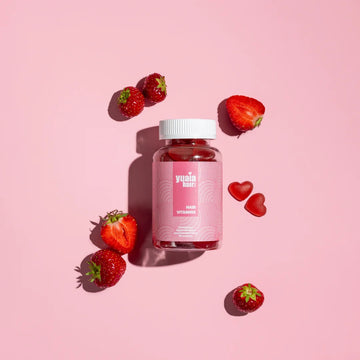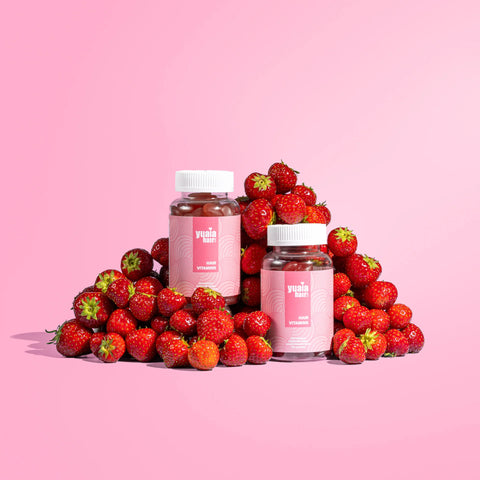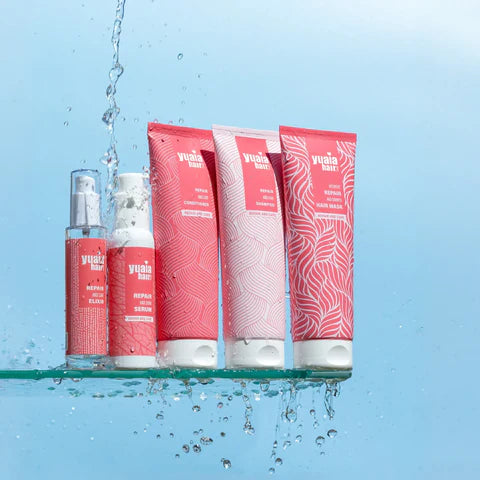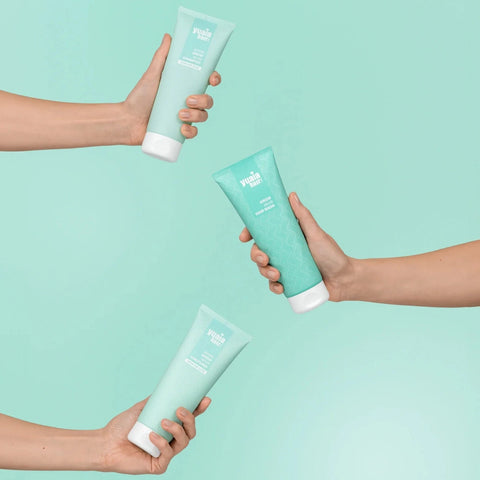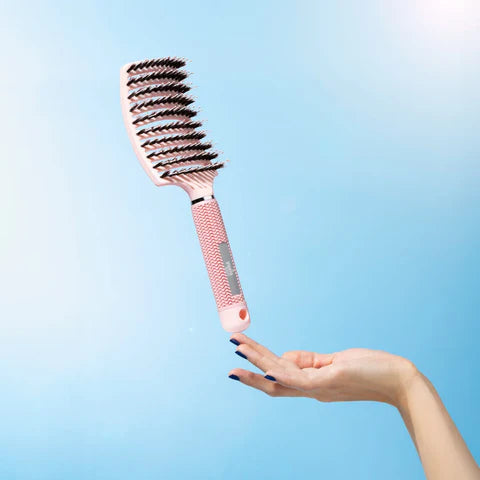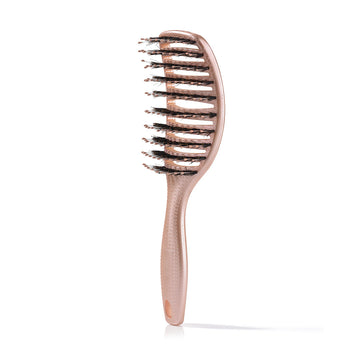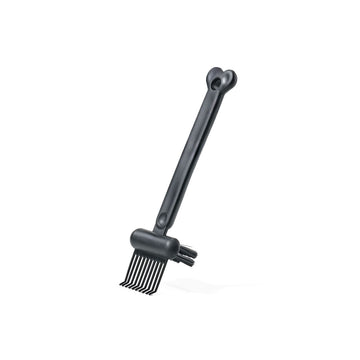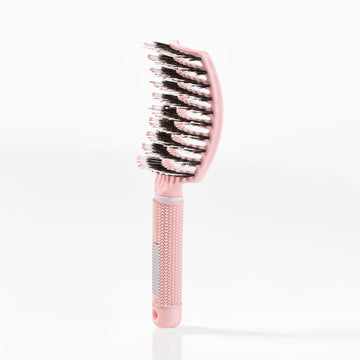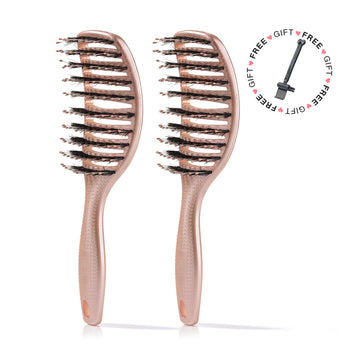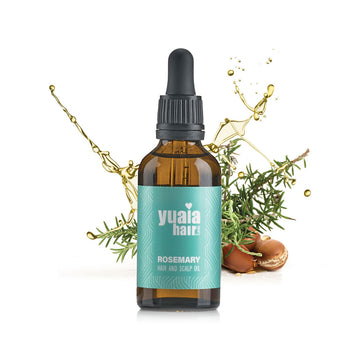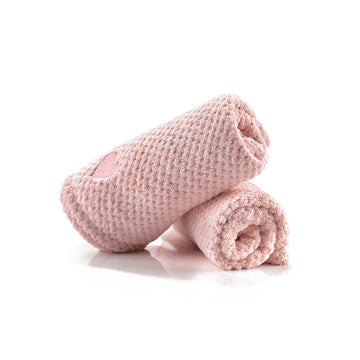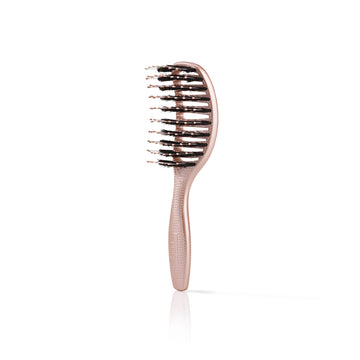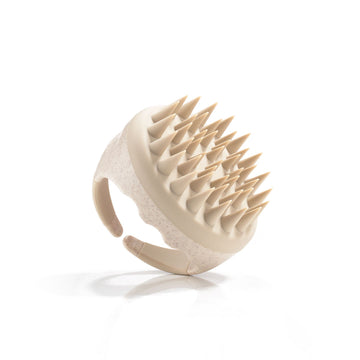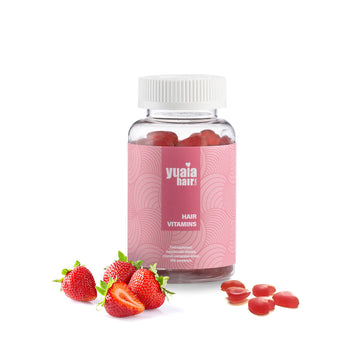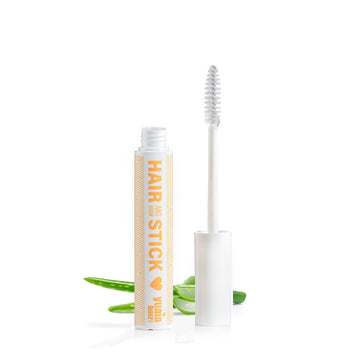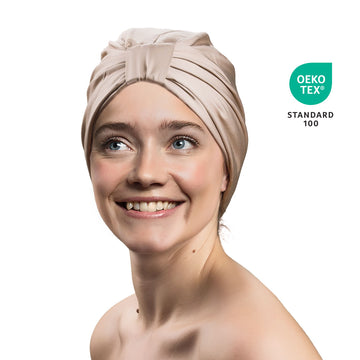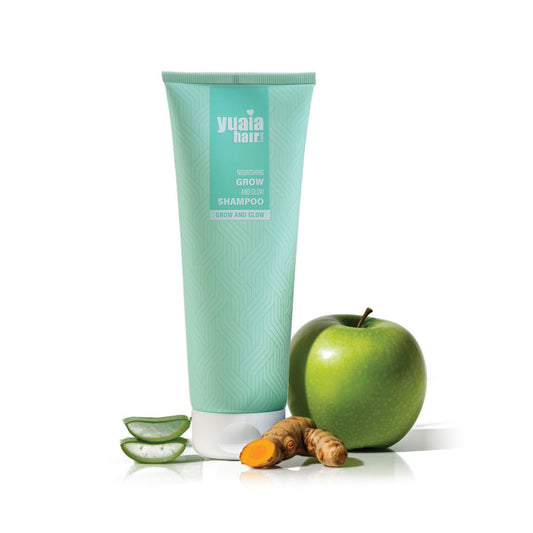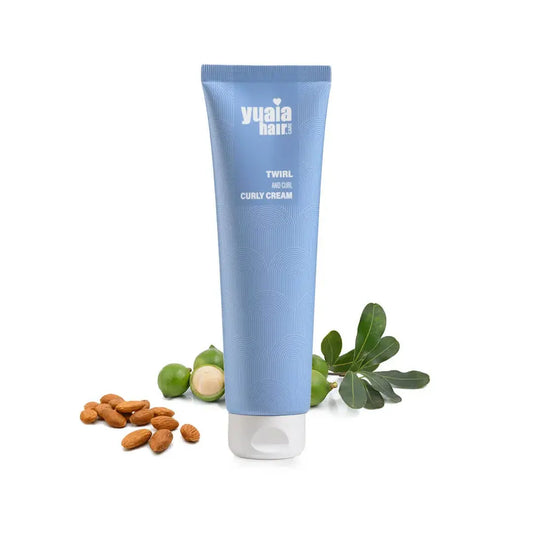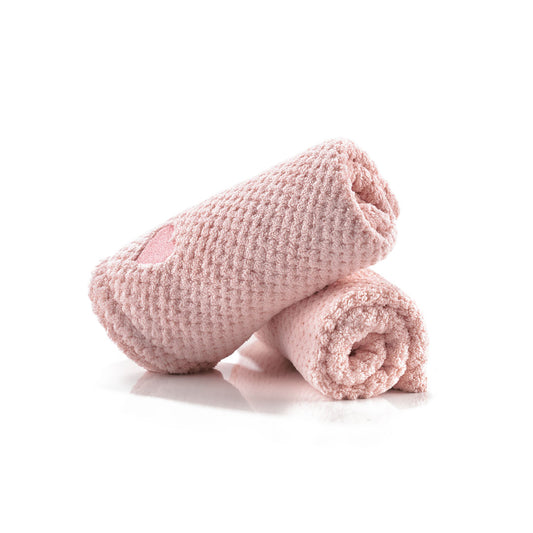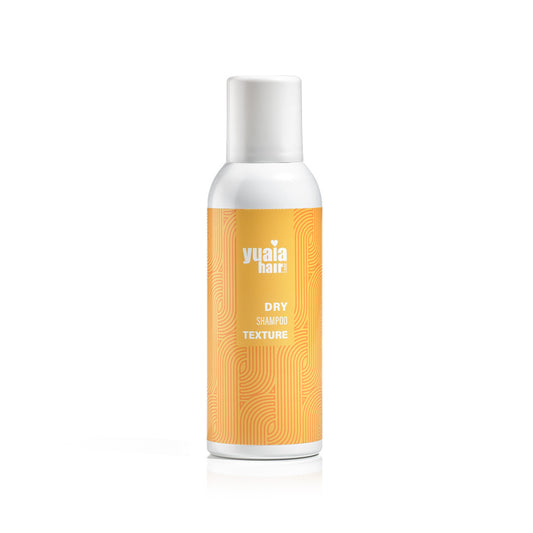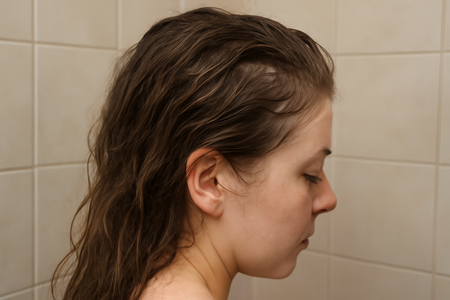
Scalp symptoms of underwashing
While the visual signs of underwashed hair are often the most noticeable, the scalp can also exhibit symptoms that indicate inadequate cleansing. An itchy scalp is a common complaint, often resulting from product and oil buildup. This accumulation can irritate the skin, leading to persistent itching that can be both uncomfortable and distracting.
In addition to itchiness, underwashed hair can lead to dandruff or flakes. When natural oils and product residues aren't properly removed, they can contribute to conditions like dandruff or seborrheic dermatitis. These flakes are not only a cosmetic concern but can also exacerbate scalp irritation.
Another issue that may arise from underwashing is increased hair shedding. When hair follicles become clogged with excess oil and debris, it can potentially disrupt the natural hair growth cycle, leading to more shedding than usual. This can be particularly concerning for those already dealing with hair thinning or loss.
Why does hair look underwashed?
The root cause of underwashed hair often lies in the role of sebum, the natural oil produced by the scalp. Sebum serves a protective function, helping to moisturize and shield the scalp and hair. However, when sebum production is excessive or not adequately managed through regular washing, it can lead to an undesirable greasy appearance.
Infrequent washing can exacerbate these symptoms, as the accumulation of sebum and other residues continues unchecked. Striking a balance between retaining natural oils for scalp health and maintaining a desirable hair appearance is key. Overwashing can strip the hair of essential oils, while underwashing allows for buildup that detracts from both the look and feel of the hair.
To maintain this balance, it's important to tailor your washing routine to your specific hair type and lifestyle. For those with oily hair, more frequent cleansing might be necessary, while those with dry or curly hair might benefit from a less frequent washing schedule.
For curly hair that tends to require special care, using a product like our Twirl and Curl curly cream can help define curls while managing moisture levels, ensuring that the hair looks and feels its best between washes.
Understanding and addressing the signs of underwashed hair is essential for maintaining both scalp health and hair aesthetics. By recognizing the symptoms and adjusting your hair care routine accordingly, you can achieve a balance that keeps your hair looking fresh and healthy.
Effective solutions for underwashed hair
Addressing the issue of underwashed hair requires a thoughtful approach to your hair care routine. One effective strategy is selecting products that cater to your hair's specific needs. At Yuaia Haircare, we offer a Rosemary oil that can help nourish the scalp and manage oil production. This oil not only promotes a healthy scalp but also supports hair health, ensuring your hair remains vibrant and manageable.
Determining the optimal washing frequency is another important factor. This varies depending on hair type, lifestyle, and personal preferences. For those with oily hair, washing more frequently might be necessary to control excess sebum. In contrast, those with drier hair types may benefit from less frequent washing to preserve natural oils.
How to manage common issues like oiliness and odor
Managing oiliness and odor between washes can be challenging but achievable with the right techniques. Using a microfiber towel can help reduce frizz and absorb excess moisture without causing damage. This gentle drying method is particularly beneficial for those looking to maintain hair health while addressing oiliness.
For a quick refresh, consider using a dry shampoo to absorb excess oil and add volume. This can help extend the time between washes and keep your hair looking fresh. Additionally, incorporating a light, refreshing scent can effectively combat any lingering odors.
Frequently asked questions
How can I tell if my hair is underwashed?
Look for symptoms such as greasy roots, strand clumping, dullness, and an itchy scalp. These indicators suggest that your hair may not be cleansed thoroughly enough.
Is greasy hair unhealthy?
Greasy hair is not necessarily unhealthy, but it can be undesirable aesthetically. It's important to find a balance that maintains both scalp health and a pleasing appearance.
What’s the best way to refresh my hair without washing?
To refresh your hair between washes, use dry shampoo to absorb excess oil and add volume. You can also style your hair differently or use a light mist of fragrance to maintain a fresh scent.
 2-4 day UK delivery
2-4 day UK delivery
 25.000+ satisfied customers
25.000+ satisfied customers
 Satisfaction Guarantee
Satisfaction Guarantee

